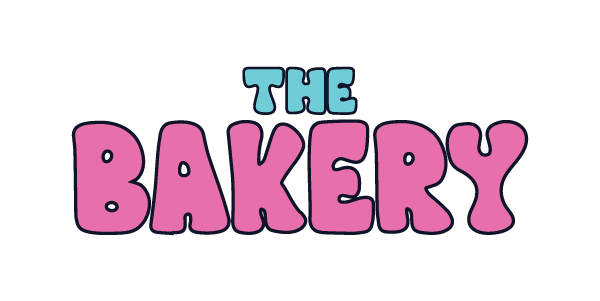Atlanta, A Changing of The Guard
By: Jordan Neal
Originally posted on: June 28, 2016 by Plasma Magazine
Atlanta is the home of loud music, great food, and friendly people. Most recently, Atlantians have been subjected to a number of changes in the urban environment. Large commercial structures such as Ponce City Market, West Side Provisions, and many others have been placed smack dab in the middle of some of Atlanta’s most historic and beloved neighborhoods. The remaining historical neighborhoods are beacons to the entities that inhabit them. They function as metaphorical lighthouses built to direct local artists and creative spirits to an inspiring environment.
According to The City of Atlanta’s Urban Redevelopment Plan, “Certain areas within the City of Atlanta meet the State of Georgia criteria for targeted urban redevelopment, as defined by the Urban Redevelopment Law (O.C.G.A. 36-61). These areas present conditions such as deteriorating or inadequate infrastructure; a predominance of dilapidated or vacant buildings, higher levels of poverty and unemployment and other signs of blight and distress. The persistence of these conditions substantially impairs or arrests the sound growth of the City and constitutes an economic and social liability that is a menace to the public health, safety, and welfare.”
Poverty is a condition that spreads outwardly. Would an increase in the cost of living in an area and resultantly forcing the incumbent population out be a viable solution? The city of Atlanta has determined that the following criteria are enough to evict an entire community:
• Having a poverty level above 15%
• A higher percentage of Vacant or Unused Parcels
• Lower rate of building permits and business license applications
• Higher rate of distressed properties, code enforcement actions and home foreclosures
• Higher rate of criminal incidents
This criterion serves as a form of relocation and displacement. Financial resources would be more effective if used on educating the incumbents on how to create and sustain generational wealth. According to The State of Georgia’s O.C.G.A. 36-61, all urban redevelopment plans will focus on projects that result in an increase in tax revenue for the city and state. The restrictions highlighted require parties to adhere to city ordinances regarding pedestrian foot traffic and consult with architectural firms to preserve an area’s historical heritage. The wording of the text only lends itself to the building of retail and residential projects. In both cases, the amount of tax revenue the city and state receives will experience an incremental increase.
From a foreign perspective, none of this sounds inherently wrong or unjust. The problem lies in the people. These actions were not intended to cause harm. Actually, these actions are meant to make Atlanta a more interesting and beautiful city. The issue is that with increased safety and beauty an increased cost of living trails right behind.
Atlanta has a history of residential price gouging in affluent neighborhoods inside of the inner city. According to Expatisan.com, a 900sqft apartment in an area similar to Buckhead could easily cost over $1,500. This can be compared to a $500 price difference for a similar sized apartment in a normal area. Redeveloping a neighborhood similar to Mechanicsville can raise prices for rental units $600 or more. This increase prices out the current residents and forces them to relocate to other impoverished areas, where a similar fate might be in store.
Atlanta’s political figures do not have an issue with the City’s appearance. The issue is monetary greed and the citizens who prohibit potential fiscal growth. When an account of criminal activity arises the City of Atlanta Urban Redevelopment Plan states, “Criminal activity is often an indication of a distressed and economically struggling community. In the City of Atlanta, over 157,000 criminal events occurred between 2007 and 2010. Of these, over 117,000 events, or 74 percent of all criminal events occurred in the URA. When the population is taken into account, the rate of crime in the URA is 38,353 per 100,000 people as compared to a City-wide rate of 35,935 per 100,000 people. This is almost a 7% increase of crime rate within the URA as compared to the City as a whole.” The social marginalization of disadvantaged people is the issue at hand.
These marginalized communities birth some of the most inspired and brilliant minds. These people have the capability to varyingly comprehend a wide range of ideas due to systematic socio-economic adversity. Without proper and liberal investment in potential, sadly, most do not receive the opportunity for advancement.
Written by Jordan Neal (@urban_jordan)
Graphics by Doran Hickey

